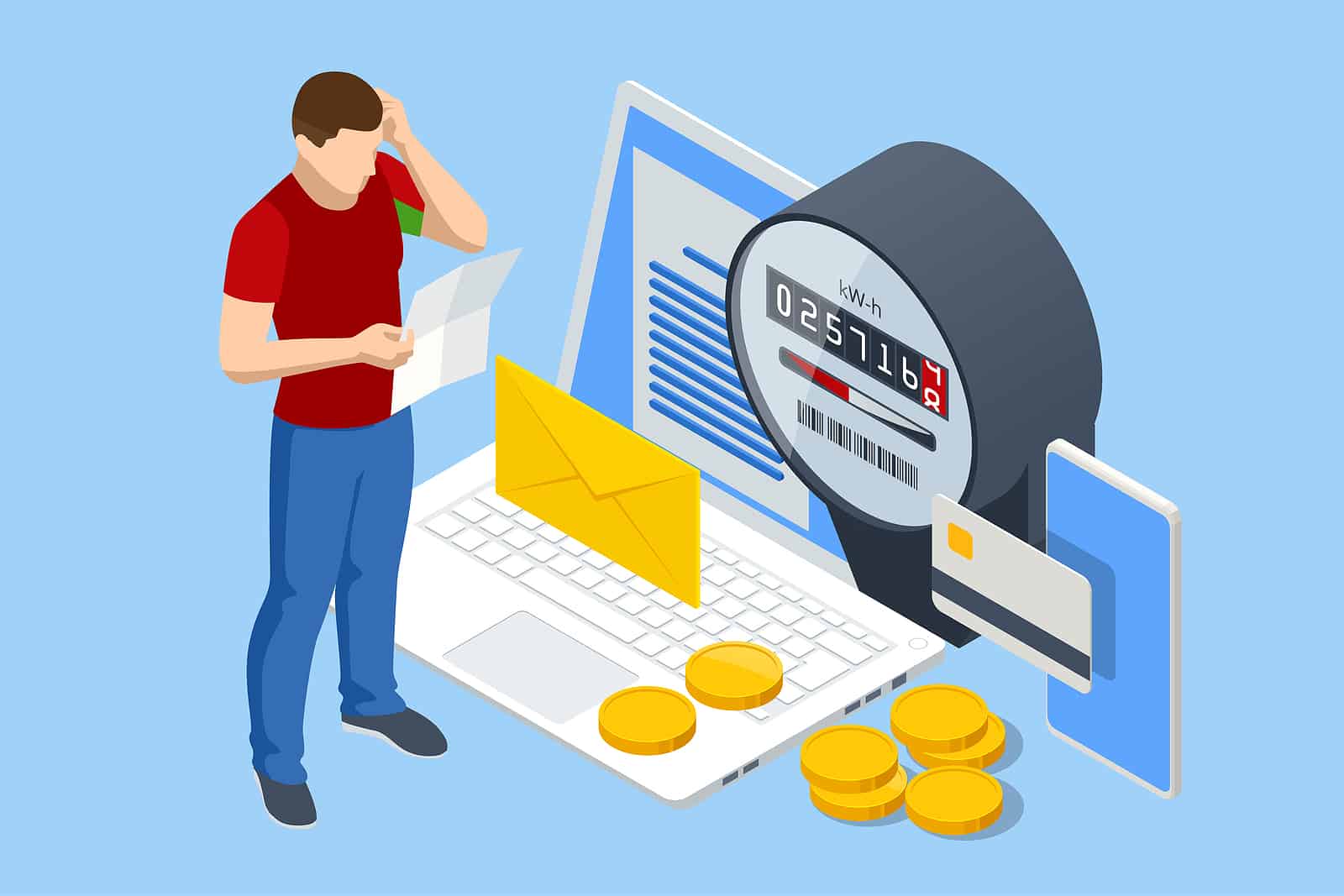
Introduction
In the age of analytics and multi-channel strategies, marketers have access to an overwhelming amount of data. Yet, with so many metrics available, it’s easy to focus on the wrong ones. Open rates, click rates, bounce rates they all tell part of the story. However, none matter as much as the one number that speaks directly to your bottom line: Email ROI.
In this article, we’ll explore why Email ROI is the most important metric for email marketers in 2025, how to measure it accurately, and most importantly, how to increase it using smart, actionable strategies.
What Exactly Is Email ROI?
Email ROI, or Return on Investment, refers to the revenue your email marketing generates compared to the cost of running those campaigns. The formula is simple:
(Revenue – Costs) / Costs × 100
Let’s break it down with a quick example:
- You spend $1,000 on email tools, design, and resources.
- Your campaign generates $45,000 in revenue.
Your Email ROI is (45,000 – 1,000) ÷ 1,000 × 100 = 4,400%
That’s a massive return, which is why email consistently ranks among the top-performing marketing channels.
Why Other Metrics Don’t Tell the Full Story
Open rates might show how effective your subject lines are. Click rates might show how engaging your content is. But neither tells you if your emails actually made money. Only Email ROI gives you the full picture of your campaign’s effectiveness.
For instance, an email with a low click-through rate but high revenue per click might be more profitable than one with a high click-through rate and low conversions. ROI connects your email performance directly to profit.
How to Calculate Email ROI Accurately
To track Email ROI with precision, you must account for all costs and all revenue tied to your campaigns. This includes:
Costs:
- Email service provider fees
- Design and copywriting costs
- Software and automation tools
- Labor costs
Revenue:
- Sales directly from email clicks
- Upsells and cross-sells initiated via email
- Repeat purchases from nurtured leads
Use UTM tracking, Google Analytics, and eCommerce tracking tools to tie specific sales to email links. If possible, integrate your email platform with your CRM or sales database.
Strategies to Improve Email ROI
Let’s dive into the specific actions you can take to dramatically increase your Email ROI.
- Personalize Every Touchpoint
Personalization goes far beyond inserting a name. It means tailoring the entire message based on past behavior, product interest, browsing history, and more. Tools like dynamic content blocks and AI-driven recommendations help make each email feel one-on-one.
The result? Higher relevance = more engagement = increased Email ROI.
- Automate for Consistency and Scale
Automation isn’t just about efficiency it’s about relevance. Set up behavioral triggers, such as:
- Abandoned cart emails
- Birthday discounts
- Product replenishment reminders
- Win-back campaigns
Automated emails have higher engagement rates than manual blasts, and they work around the clock. This continuous nurturing results in more conversions, feeding directly into improved Email ROI.
- Create High-Impact CTAs
Your call-to-action (CTA) should be bold, clear, and value-driven. Instead of “Click Here,” use phrases like:
- “Get My 20% Discount”
- “Reserve My Spot Now”
- “Try Risk-Free Today”
A strong CTA guides users to the next step and removes hesitation leading to more conversions and higher revenue per email, ultimately boosting your Email ROI.
- Use Advanced Segmentation Techniques
Basic segmentation (like age or location) is just the beginning. Advanced segmentation includes:
- Purchase frequency
- Cart value
- Product preferences
- Inactivity duration
Sending different content based on these behaviors leads to better outcomes. Highly targeted campaigns often achieve 2–3× the conversion rate of generic ones. That’s a direct path to better Email ROI.
- Focus on Lifecycle Email Campaigns
Emails tied to the customer journey outperform standalone blasts. For example:
- Onboarding series for new subscribers
- Post-purchase follow-ups
- Customer appreciation campaigns
These emails nurture long-term relationships and improve CLTV (Customer Lifetime Value), which massively impacts Email ROI over time.
- Test and Optimize Relentlessly
Never assume what works test it. Regularly test:
- Subject lines
- CTA placements
- Layouts
- Product recommendations
- Timing
Use the winning version to improve performance over time. The more data you collect and implement, the higher your Email ROI climbs.
- Monitor Long-Term ROI, Not Just Campaign-Level ROI
Many marketers focus only on immediate sales. However, a single campaign may yield customer loyalty that pays off for years. Track metrics like repeat purchases, referrals, and customer lifetime value to truly understand the long-term impact of your emails.
Final Thoughts
To wrap it up, Email ROI isn’t just another metric it’s the metric. By tracking and optimizing for ROI, you’re aligning your email strategy with business outcomes. You stop guessing and start growing. As you invest time in personalizing, automating, testing, and refining your campaigns, you’ll find that your ROI continues to climb.